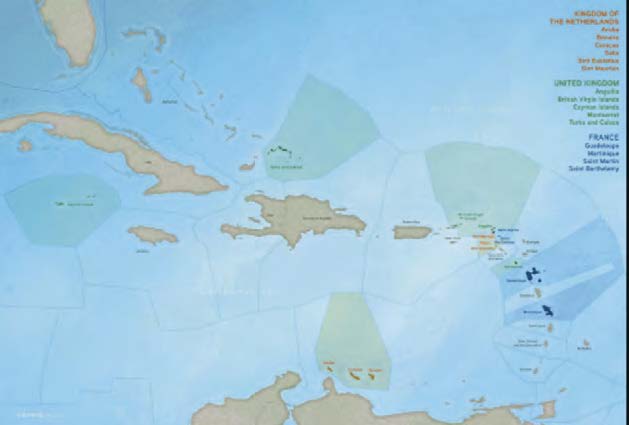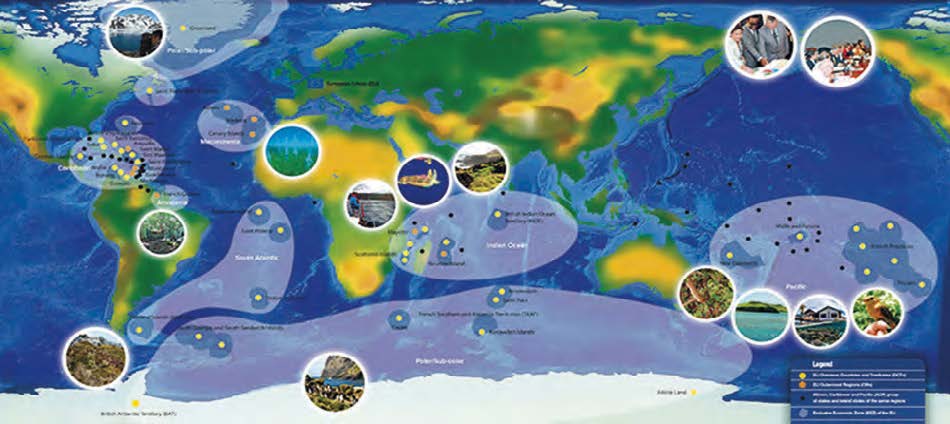Fourteen projects in favor of environmental protection were presented by the PTOMs of the Caribbean as part of the BEST 2.0 program, which provides a maximum level of 400,000 € of funding for each project selected.
Five experts - Cyril Barnerias (DEAL Martinique), Paul Hoetjes (Dutch Overseas, based in Bonaire), Eric Newton (Dutch Overseas, based in Curacao), Tara Pelembe (British Overseas), Yves Renard (Caribbean expert, based in Sainte Lucie) - were asked to examine each project, based on the ecosystem profiles defined by Amandine Vaslet. Since the opening of the call for projects, the team from the Caribbean hub of BEST 2.0, composed of Julie Belmont, head of the mission BEST 2.0 for SPAWRAC, and Romain Renoux, responded to all of the preliminary questions from candidates and helped them complete their projects, before organizing a regional steering committee, with the five experts. They met from December 15-17, 2015, to examine each dossier on a technical and scientific basis. The proposed projects were rated according to precise criteria of evaluation, established by the BEST 2.0 Consortium and validated by the European Commission. They were able to classify the projects, and the results were sent to the BEST 2.0 secretariat then to the European Commission, which eventually selected four projects for a total budget of 1.5 million €. As explained by Romain Renoux during a presentation in Brussels on February 16, these four projects share a dimension close to the realities of their island and a desire to reinforce local capacities. BEST 2.0 will soon launch a new call for projects, open to all of the PTOMs, for smaller subventions, with a maximum of 100,000 €. Additional information is on the website for this program: portals.iucn.
And the four winning projects are....
The Royal Society for the Protection of Birds (RSPB), in partnership with the authorities of Anguilla, The British Virgin Islands, The Cayman Islands, Montserrat, and the Turks & Caicos. This project calls for the reinforcement of the fight against and control of invasive species: fauna (rats, feral cats, goats) and also flora. These invasive species are one of the causes of the diminution of biodiversity, which is particularly true on islands;
- The government of Aruba,for the creation of the first marine park on the island, in partnership with a Dutch scientific organization;
- Imares (Institute for Marine Resources & Ecosystem Studies), the Dutch equivalent of our Ifremer, proposed a project for coral restoration with coral nurseries in Saba, Saint Eustache, Sint Maarten, and the Turks & Caicos, in collaboration with the marine parks on these islands.
- The Department of Fisheries and Marine Resources of Anguillahave a project for the preservation of sea turtles, in partnership with local NGOs, a British university, and the WIDECAST network.


















